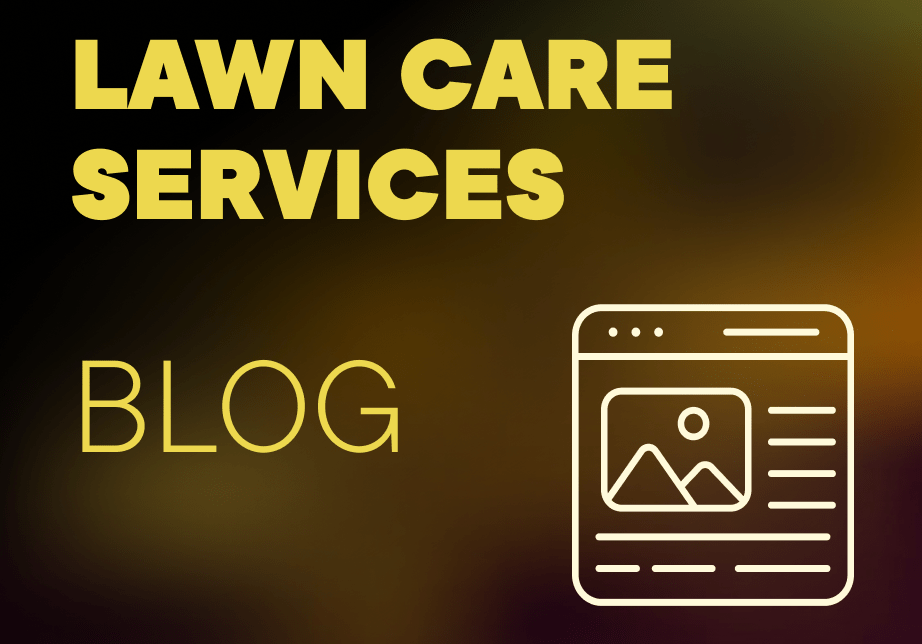
How to Improve SEO for Therapists and Counselors [Get New Patients]
How to Improve SEO for Therapists and Counselors [Rank in Google]…..
When you work to get more sites to link back to your sites, it’s known as link building. This can be a way to boost awareness of your site and can have a positive impact on your SEO. There are many techniques and tools you can use to obtain links. This could include partnerships, infographics, breaking news, and other efforts. You can also utilize professional services to get more high-quality backlinks and get rid of backlinks from spam sites.
It’s important to consider the links your site needs so that you can come up with an effective strategy. Some popular techniques include:
* Including links on your homepage
* Linking back to your own content
* Including the name of your business in links
* Using targeted keywords in links
Building links can be hard work. Google isn’t looking for instant results. Instead, the search engine wants you to naturally build links as time goes on. In the world of black hat SEO, it’s common to try to cut corners by buying links. This could boost your search engine rankings in the short term, but in the long run, your site could wind up in a worse position than it was when you got started. If you want to see lasting success, you need to make sure you handle things properly.
While you might want to contact a bunch of sites and request that they start linking to your content, this method probably won’t do much more than waste time. Instead, it’s best to create a plan. Have a system in place for link building. Developing and implementing a plan will take time, but those efforts will pay off.
It will be easier for you to create an effective link-building strategy if you set goals. Once you know what your goals are, you can focus on what you need to do to achieve those goals. When setting goals, you should also think about the goals your business is trying to accomplish. Don’t just work towards building links. Take steps that will make your business more successful.
Your goal shouldn’t just be to build a specific number of links. While linkbacks can help your site appear on the first page of results for the keywords you’re targeting, you won’t see instant results. That’s why you’re better off setting attainable goals that will benefit you in numerous ways.
When you have something of value to offer, you can gain the attention of other sites and encourage them to link back to you. When creating assets, you should think about who you’re trying to appeal to. What can you offer that will capture people’s interests? What can you create that others will want to share? It’s likely that content will be one of your site’s main assets, but there’s plenty more you can offer, including infographics, products, information, and services.
To determine what you should be focusing on, take the time to analyze the links on your website. If you utilize Open Site Explorer, you’ll have a clear view of your link profile. What sites are you linking to and why? Look at where you’re ranking for the keywords you’re targeting. See where you stand in comparison with your competitors. With this information, you’ll be able to find areas where you can improve. It can also be a source of inspiration. You might find ways to use assets you have to build links or get ideas for new assets that you can create.
It can be beneficial to reach out to others and share your content, but you won’t just want to approach people at random. Instead, you’ll want to target people that you believe will respond positively to the assets you have to share.
As you prepare to launch a link-building campaign, you should consider who would be interested in your content. Why would someone want to link back to the content you’re sharing? You shouldn’t contact anyone unless you’re able to answer that question.
Imagine that you’ve written a guide on keeping kids entertained during holiday breaks. Who would potentially want to link to this content?
Family Bloggers: They create content that’s targeted towards parents.
Parenting Websites: These sites are always looking for valuable advice to share with their readers.
Family Vloggers: Video content creators may want to make videos inspired by your content.
Once you’ve figured out what kinds of sites and content creators would be interested in your content, you can start exploring your options. Use Google to put together a list of people to content.
All you have to do is search for relevant sites. You could even look for pre-created lists! Try search terms like “best family bloggers” or “top parenting sites.”
If you use the Scraper tool, you can easily collect all of the URLs in a page and paste them over to a spreadsheet. From there, URL opener will allow you to open all the sites at once. Look over these sites and find the ones that are a good fit for the content that you want to share. Find their contact information so that you can reach out to them directly.
It’s important to investigate any sites you’re interested in targeting. Confirm that they’re active. Take a look at the links they’ve been sharing on their site and social media pages. Check to see if they exclusively share their own content or if they promote content from other sites as well.
Pay close attention to what they cover and the content they’ve shared in the past. Take some notes so that you can keep track of this information. Later on, when you’re ready to contact them, you’ll be able to send a personalized message. If you sent out a generic email to all of your targets, it’s likely that you’ll be ignored. Instead, you should show your targets that you’re aware of what they do and that you’ve done your research.
Once you’ve confidence that you want to contact a target, find their contact details. In many cases, sites will have a contact page. You can also check the about page or look for an email address in the header or footer. With the ToutApp plugin for Chrome, any email addresses on a page will be highlighted.
You won’t be able to contact all of your targets at once. After you’ve finished putting together the list, take the time to organize it and think about who you’d like to contact first.
There are many different metrics you could use when ranking sites. You could consider the number of social media followers the site has, the site’s domain authority, or how likely you think it is that they’ll link back to you.
Once you know who you’ll be targeting first, you can start sending out messages. If bigger targets respond positively to your content, you may want to mention that when you contact smaller sites later on. When site owners see that successful sites have shared their content, they’ll be able to see the value of the assets you have to share.
You should always keep in mind that your message will be read by an actual person. The emails that you send out should be personable and friendly, not robotic. Mention content they created that you’ve enjoyed so that they know you’re genuinely interested in their content. Explain why your assets would be valuable to them. Don’t forget that they’re not obligated to share your content or even respond to your message. It’s best to keep your messages brief, clear, and direct. If you’re reaching out to an influencer with a lot of reaches, you may want to offer to create an original piece of content for them. That way, they’ll have an incentive to link to your content even if they don’t have extra time to write a post.
Address the person you’re contacting by name. Pick out an attention-grabbing subject so that they’ll want to read your message. Mention something you like about their site or content, and sign the email with your own name. You want to sound like a real person, not a spambot. By incorporating these content marketing tips, you can enhance your outreach efforts and build stronger relationships with site owners and influencers.
You shouldn’t feel discouraged if you don’t get a response to the first batch of messages you send out. A successful influencer or site owner will have plenty of messages in their inbox each day. If you don’t hear back in a few days, consider sending a follow-up message. Not only is this a way to show interest, but it can also demonstrate that the messages you sent out weren’t automated.
Use a spreadsheet or CRM so that you can keep track of who has responded to your messages and who hasn’t. You should also keep track of when you send your messages out so that you’ll know when to send a follow-up.
While it can be disappointing to get a “no” from someone that you contacted, you should still reply to the message that they send. Sending a friendly reply could help the person to see you in a more positive light. It’s a way to strengthen your relationship with them so that they’ll be more likely to link to your content in the future. Pay attention to the feedback you receive so that the campaigns you launch in the future will be more successful.
One of the most effective ways to get other sites to link to yours is to create content for them. If you write posts for other sites, you can link to your own site in your byline. Anyone that enjoys your content will want to visit your site to see more. With that said, you should only write posts for sites that have the authority or a wide audience. Writing for a small site with few readers won’t benefit you in other ways.
Use Google to find sites within your niche that accept posts from guests. Look for terms like “contribute” or “write for us.” There are well-known sites in virtually every niche. With that said, you don’t necessarily need to write for the top site within your niche. As long as you’re writing for a site that receives consistent traffic and has an engaged audience, you can expect positive results.
Another effective way to approach sites that you’d like linkbacks from is to search for broken links on their site. If you discover a broken link, and you have content that could replace that link, you could both benefit.
It’s easy to find broken links when you take advantage of tools like Check My Links. When you find a link that you could potentially replace, send a message to the site owner letting them know that the link is broken. Make sure you mention that you have high-ranking content that they could replace that link with.
Link building isn’t a process that should be rushed. It’s essential to take your time and focus on acquiring high-quality links. Remember, it’s beneficial to obtain links from a diverse range of domains. Link building should be an ongoing strategy. Continuously work to get more sites to link back to you. The more domains that refer to you, the better it will be for your inbound marketing efforts.
CEO, Keever SEO

How to Improve SEO for Therapists and Counselors [Rank in Google]…..

As a lawn care and landscaping specialist, your work makes homes more beautiful…..

The spine is a vital part of the human body. Without it, human beings would find it difficult…..
©2025 Keever SEO. All rights reserved.